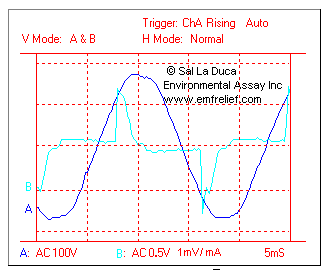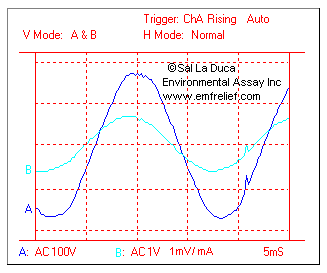cts_casemod
Member level 4
I need to develop a high power boost converter. I would typically do this fully power factor corrected, because of all the reasons we know.
There are no current regulated PFC controllers out there for 2KW of power. They are all voltage regulated to keep a constant DC_Link Voltage rather than a DC_link Current. Single stage flyback/buck LED drivers are one exception and they even have dimming features but given the low power they all operate in CRM or DCM, which would be unsuitable for the power levels I need.
Lets suppose than rather that changing the current to follow the mains voltage, we would set a current mode controller to draw a fixed value. Say for example, to draw 10A all over the duration of the sine wave. Of course during the zero crossings the input would be zero, but otherwise 10A.
This would remove the discontinuities typical rectifier capacitor circuits have and reduce the current peaks in a very similar way to any other PFC circuit. in terms of installation, well its 10A, so no crazy current peaks.
Power input would also vary with voltage. 10V*10A = 100W or 100V*10A = 1000W, etc
So why is it that I never seen this scheme being implemented? Surely in a commercial approach it would Fail THD, but other than that I see no drawbacks. It would simplify my design considerably, reduce unwanted component stresses (defined current level) and would be easier to process by a micro controller.
I'd be curious to hear your thoughts.
There are no current regulated PFC controllers out there for 2KW of power. They are all voltage regulated to keep a constant DC_Link Voltage rather than a DC_link Current. Single stage flyback/buck LED drivers are one exception and they even have dimming features but given the low power they all operate in CRM or DCM, which would be unsuitable for the power levels I need.
Lets suppose than rather that changing the current to follow the mains voltage, we would set a current mode controller to draw a fixed value. Say for example, to draw 10A all over the duration of the sine wave. Of course during the zero crossings the input would be zero, but otherwise 10A.
This would remove the discontinuities typical rectifier capacitor circuits have and reduce the current peaks in a very similar way to any other PFC circuit. in terms of installation, well its 10A, so no crazy current peaks.
Power input would also vary with voltage. 10V*10A = 100W or 100V*10A = 1000W, etc
So why is it that I never seen this scheme being implemented? Surely in a commercial approach it would Fail THD, but other than that I see no drawbacks. It would simplify my design considerably, reduce unwanted component stresses (defined current level) and would be easier to process by a micro controller.
I'd be curious to hear your thoughts.


